Fungi Friday: Gaudí's mycological world
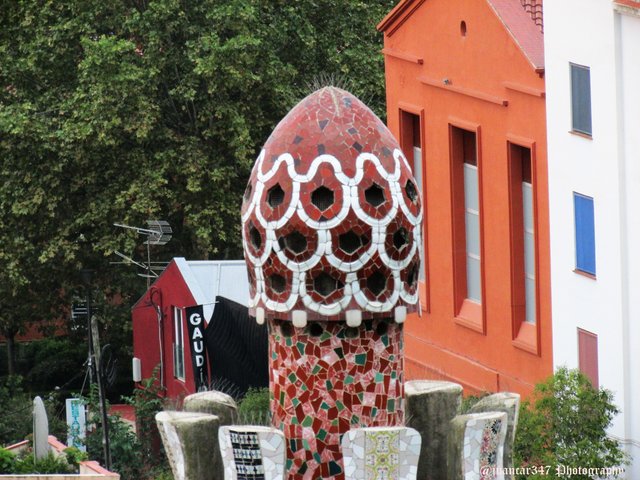
The French surrealist poet Paul Eluard affirmed that "there are other worlds, but they are in this one."
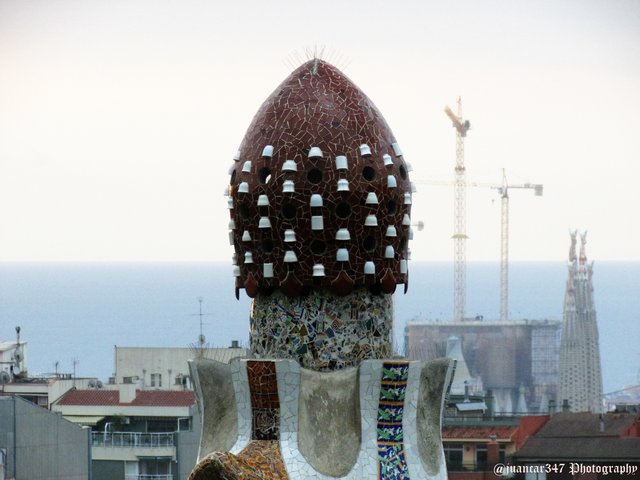
This enigmatic and at the same time interesting assertion could explain, at least in part, the deep attraction that the mycological world has exerted on the human being throughout its history.
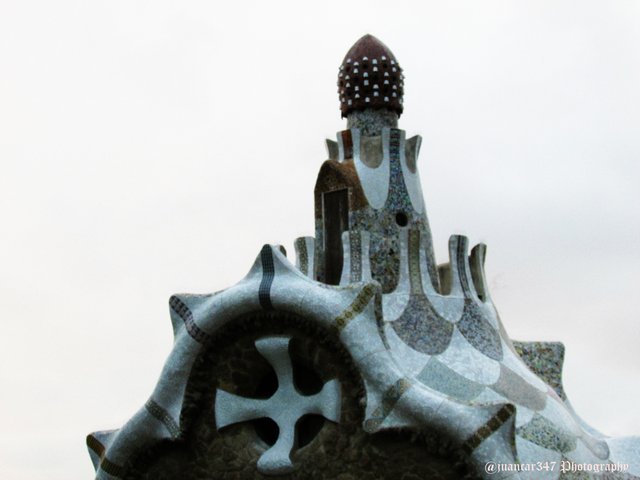
With the intake of certain types of fungi, man has experienced the sublime experience of embarking on an inner journey, disembarking in that no man's land, where he meets with the gods, beings and entities that even being of supranatural origin, are part of his deepest inheritance
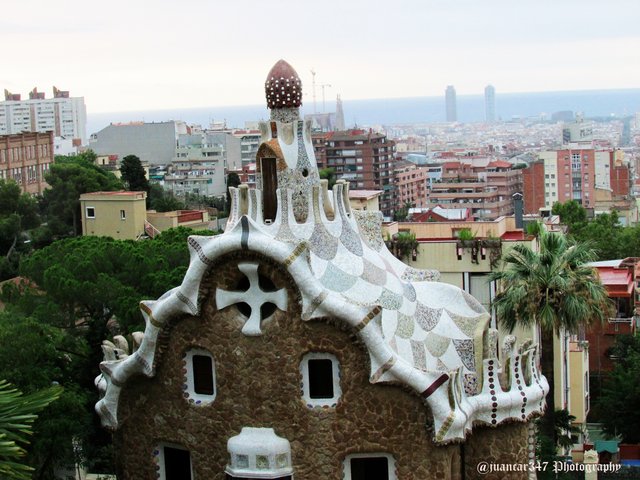
If we take this into account, we may understand that Gaudí also lived a psychedelic Internet user, whose experiences will be a constant present in practically all his creations.
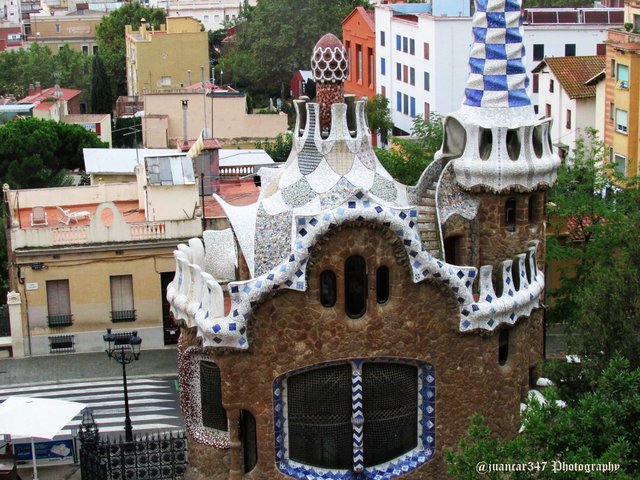
The Amanita muscaria, that fungus that the ancients called, very appropriately, 'the food of the gods', exercised such fascination in it, that it appears represented even crowned its most emblematic building, which, also called, as' the cathedral of the poor ', is known worldwide as the Holy Family.
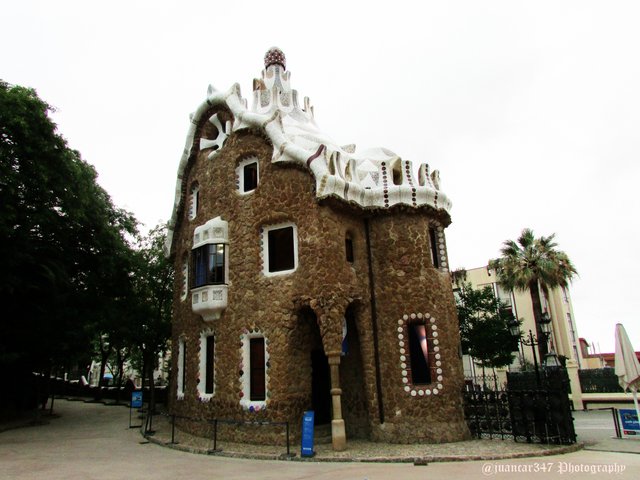
Even in an artificial way, mycological worship is another way of feeling the fascination for these true "spirituality pills", with which Nature gives us.
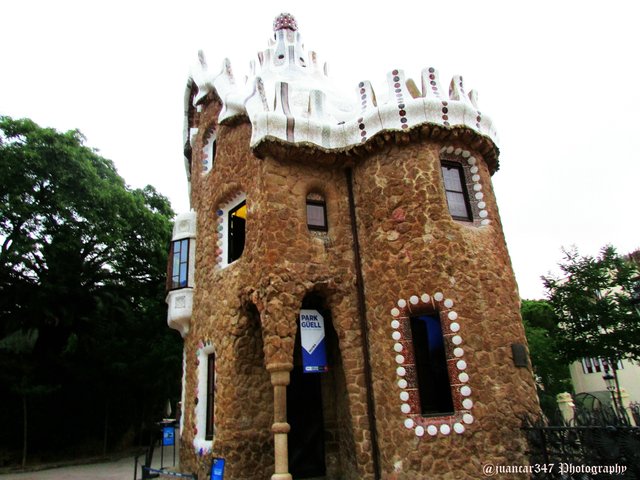
NOTICE: Both the text and the accompanying photographs are my exclusive intellectual property.

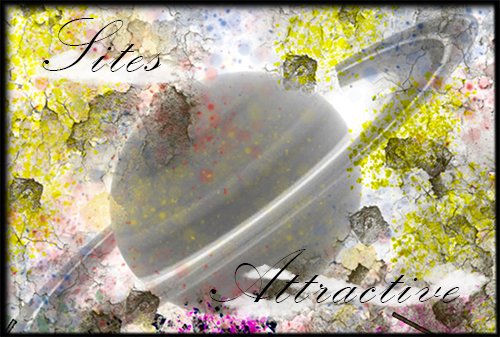
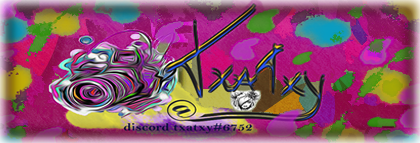

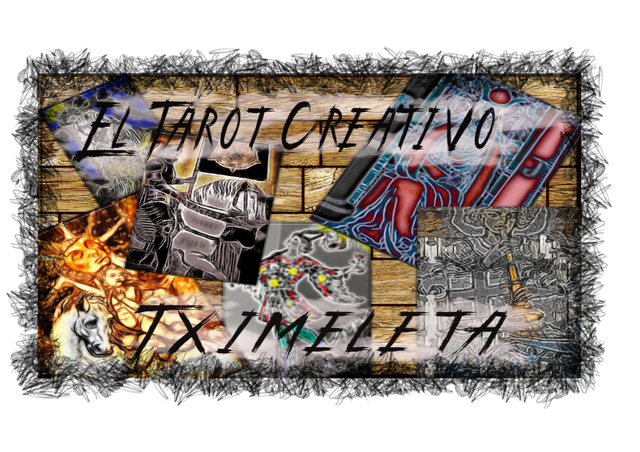
Wow! What a cool take on Fungifriday :D
Love it! Thanks for participating :)
Thank you very much, I have only tried to bring another vision to the subject. I think it is a very interesting topic and any way of dealing with it can enrich us all. Master Gaudí felt a special fascination with mushrooms and they appear in practically all his buildings. Best regards
And I am glad you did! It is open to all interpretation and forms :)
His buildings are truly amazing!
Thanks, friend
Mycology is the branch of biology concerned with the study of fungi, including their genetic and biochemical properties, their taxonomy and their use to humans as a source for tinder, traditional medicine, food, and entheogens, as well as their dangers, such as toxicity or infection.Wikipedia
Much info available for a variety of usages..Lost cultures called it the God Plant.. Philologist John Allegro weaves a path through history on the benevolence of the mushroom and it's varieties. Why a Philologist..see for yourself..U-tube has taken his book "The Sacred Mushroom and The Cross"..you've never heard this take before..probably because he's one of the few capable of translating ancient scrolls..Sumerian..Dead Sea Scrolls..great story and very educational even as a reflective of present societal dilemma. Here's pt.1
I know in part Allegro's work, although I have long documented myself in the experiences, among others, of Aldous Huxley or even that authentic enigma, which still remains Carlos Castaneda. The sacred practice generated by the consumption of fungicidal substances is obviously very old and it is known with certainty that it was part of the healing and divination rituals that were celebrated in the great sanctuaries of Antiquity, such as Delphi. In fact, there are magnificent studies in this regard, such as that made by the Spanish philologist José Alfredo González Celdrán, which, entitled Men, gods and fungi, offers an interesting perspective on myths and their influence on the spirituality of man. On the other hand, I will tell you that Antonio Gaudí, even as an architect, had extraordinary knowledge of botany. And the use of Amanita muscaria in the vast majority of her creations, including the cathedral of the poor, the Sagrada Familia, gives much to think about. I appreciate your comment and I will study the video with interest. Best regards
I know the Amanita Muscaria by sight only..never had the pleasure..Cubensis is my preference due to access and relative ease of cultivation..Robert Graves first introduced me to Amanita Muscaria in his novel 'The White Goddess'..certainly caught my attention..His info came from some extremely obscure Celtic publications..I read the first of Castaneda's trilogy and always meant to go back for more..Thank You for your post..I'll do a bit of time on..Celdrán, Gaudí and the Sagrada family..all new to me..
True, I forgot to mention Robert Graves, who was certainly one of the great pioneers in showing in his works the use of hallucinogenic mushrooms as a means, among the civilizations of the past, of coming into contact with other realities. The White Goddess is a great classic, which apart introduces us to the dark world of Celtic alphabets, where trees and plants had a special relevance. But there are other Graves essays, apart from this one, that directly address these issues, including one that is more or less titled, the food of the centaurs. On the other hand, if you review the great creations of Antonio Gaudí, you will see that the Amanita muscaria is a constant. And indeed, in his great work, the Sagrada Familia in Barcelona, the Amanita and the cross crown the cathedral. Thank you very much for your comment and warm regards